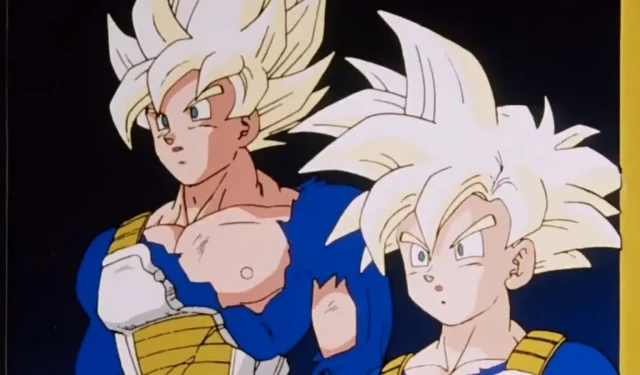
Key Takeaways
- The phenomenon of power creep in Dragon Ball has resulted in irregular power scaling, which negatively affects narrative impact.
- Addressing power creep would clarify character strength hierarchies and reduce contentious debates regarding power levels.
- Transformations should be designated as benchmarks, maintaining consistent strength levels throughout the storyline.
Few anime series illustrate such a dramatic escalation in protagonist strength as Dragon Ball. Initially, Goku and his peers were merely skilled martial artists harnessing Ki to combat formidable foes. Yet, even in those early episodes, they exhibited remarkable abilities, such as the capacity to obliterate the moon.
However, as we transition to the current Dragon Ball Super era, the disparity in character strength has drastically widened. The Z-Fighters have ascended to multiversal levels of power, capable of effortlessly annihilating entire planets. This substantial shift has led to chaotic power scaling; it’s essential to explore one of the primary reasons behind this phenomenon.
Understanding Power Creep
Impact of Power Creep on Scaling

Power creep in Dragon Ball is prominently reflected in the escalating strength of its characters. The escalation occurs as new antagonists appear, prompting allies to grow stronger as well. Consequently, each character finds themselves adept enough to contend against the latest villain introduced in the narrative.
This dynamic disrupts power scaling consistency and diminishes the significance of earlier developments. Take Goku’s current base form—the power he possesses now far exceeds that of Super Vegito, who combined the strengths of both Goku and Vegeta during the Buu Saga. This discrepancy not only defies logic but also undermines the integrity of the storytelling.
While explanations like Zenkai Boosts or the introduction of Divine Ki are often cited, the series would benefit significantly from a stable power framework. For instance, in Super, Goku’s base form should inherently remain weaker than his Super Saiyan transformation from the Frieza Saga, establishing a solid reference point for the relative strengths of other characters.
Power creep instills a level of inconsistency in storytelling that reduces previously established character growth to mere happenstance. If powerful entities like Beerus or Moro were to appear earlier in the timeline, it raises questions about the relevance of Goku’s and other characters’ power. Retaining a consistent strength level for transformations and characters is pivotal—seeing Android 17 and Krillin hold their own against Super Saiyan Blue Goku exemplifies this issue.
Solutions to the Problem
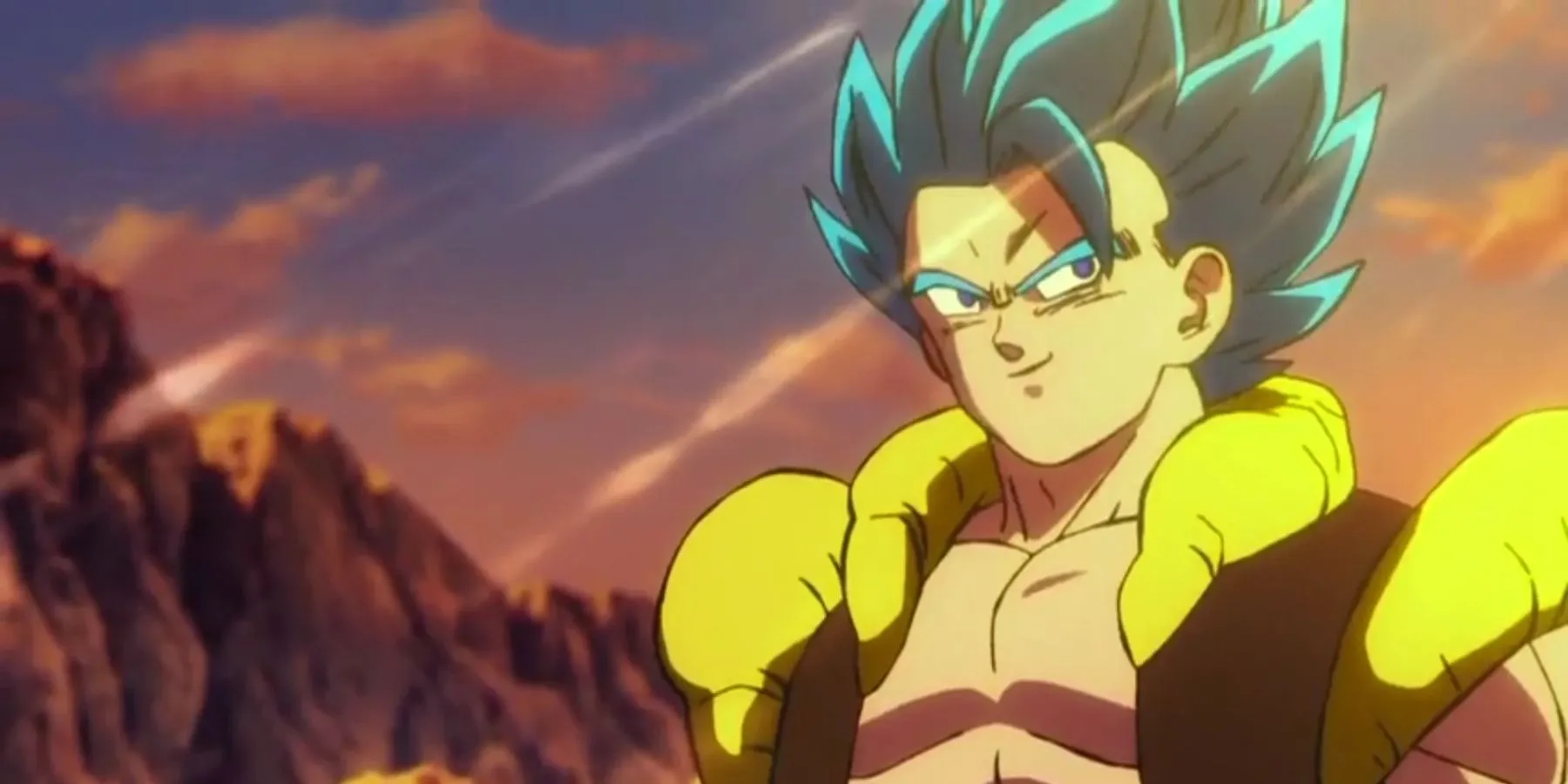
If the element of power creep were removed from Dragon Ball, maintaining consistent power scaling across all transformations would significantly simplify discussions about character strength. The current inconsistency, where characters like Android 17 and Krillin can almost match Goku, raises questions about the logic behind their power levels.
Each transformation should reflect a specific point in the power hierarchy, with only higher forms or fusions capable of surpassing that level. In today’s context, Goku could easily vanquish Kid Buu in his base form, which trivializes the challenges faced in earlier arcs.


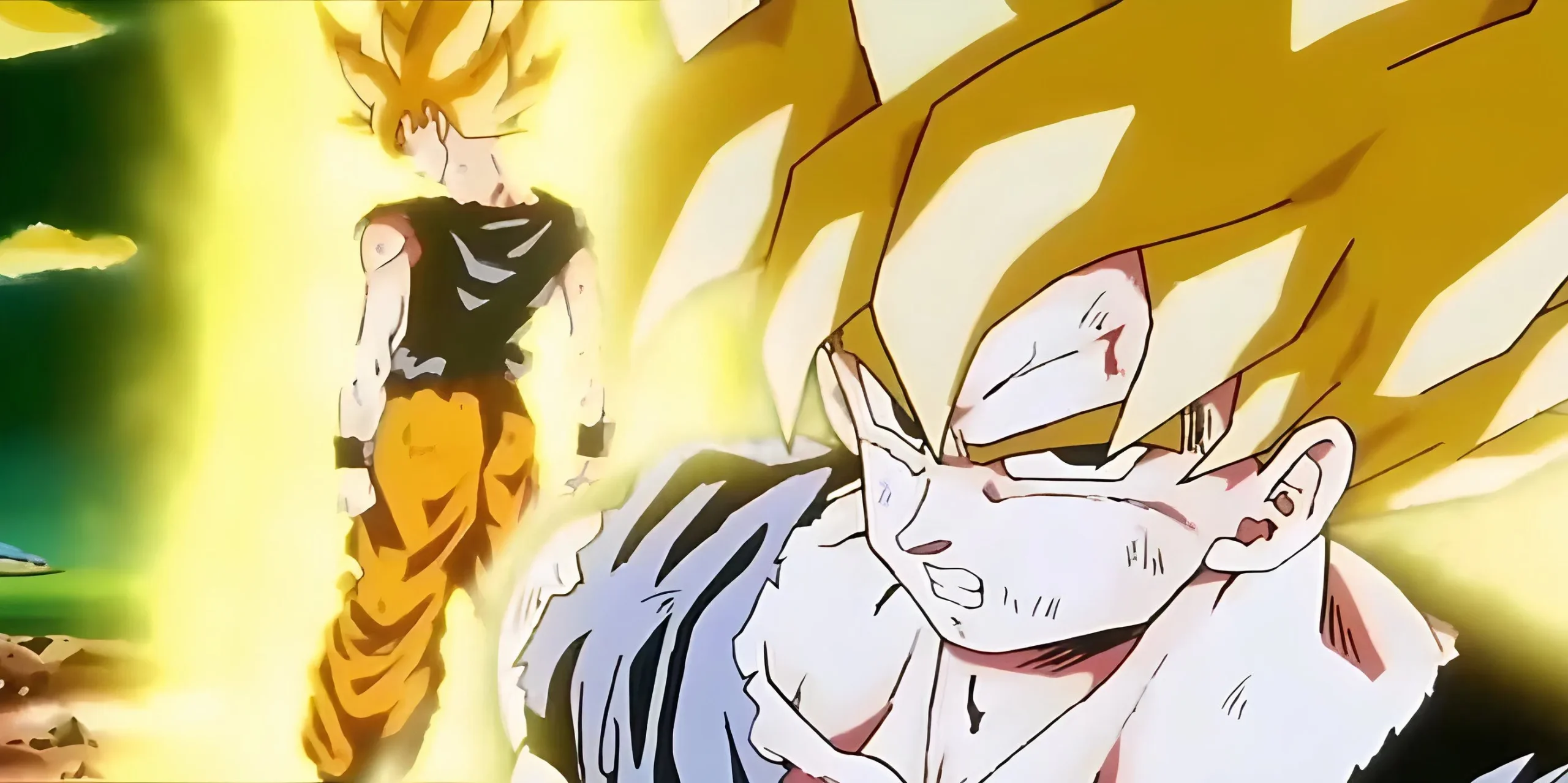
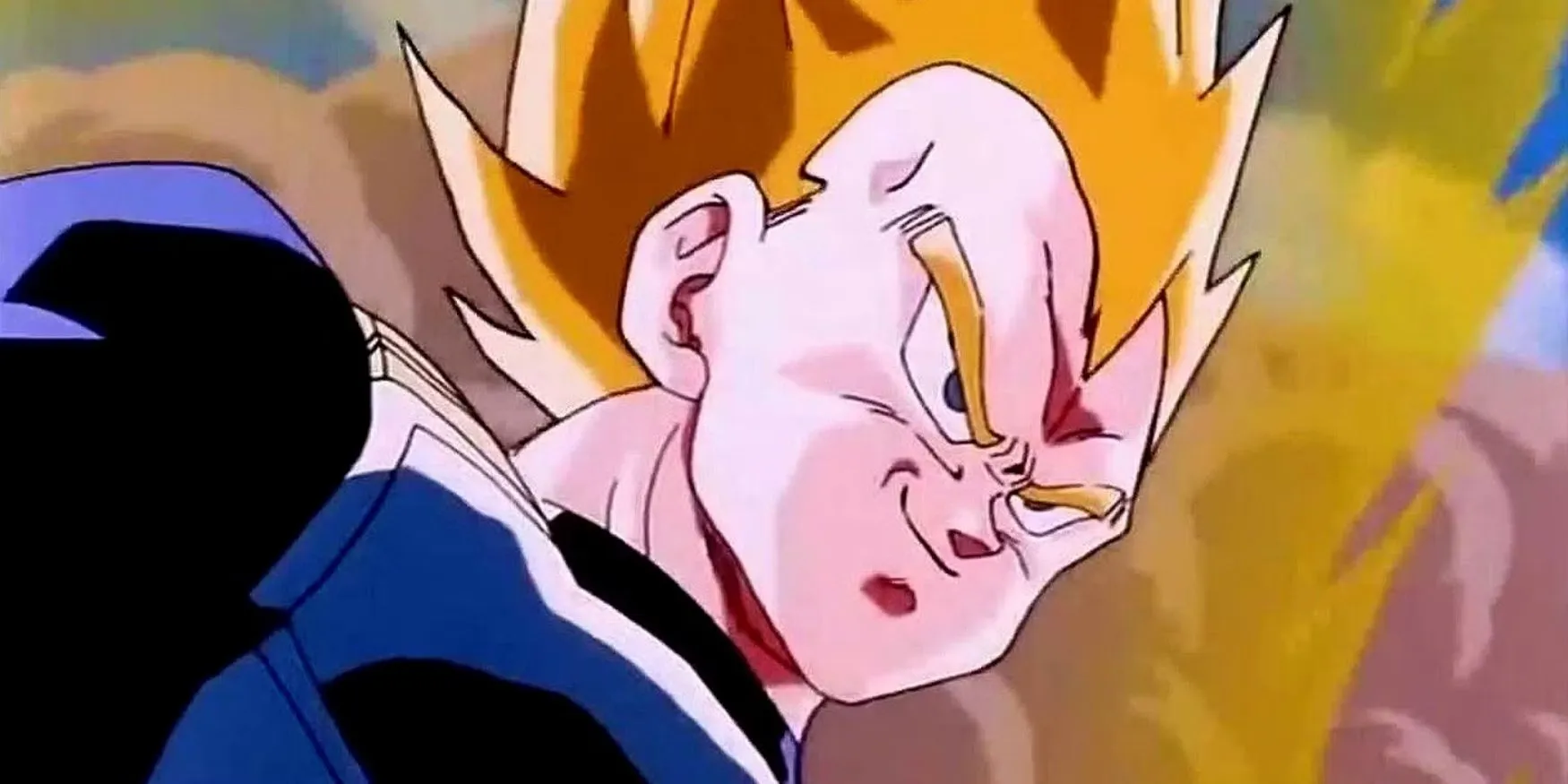
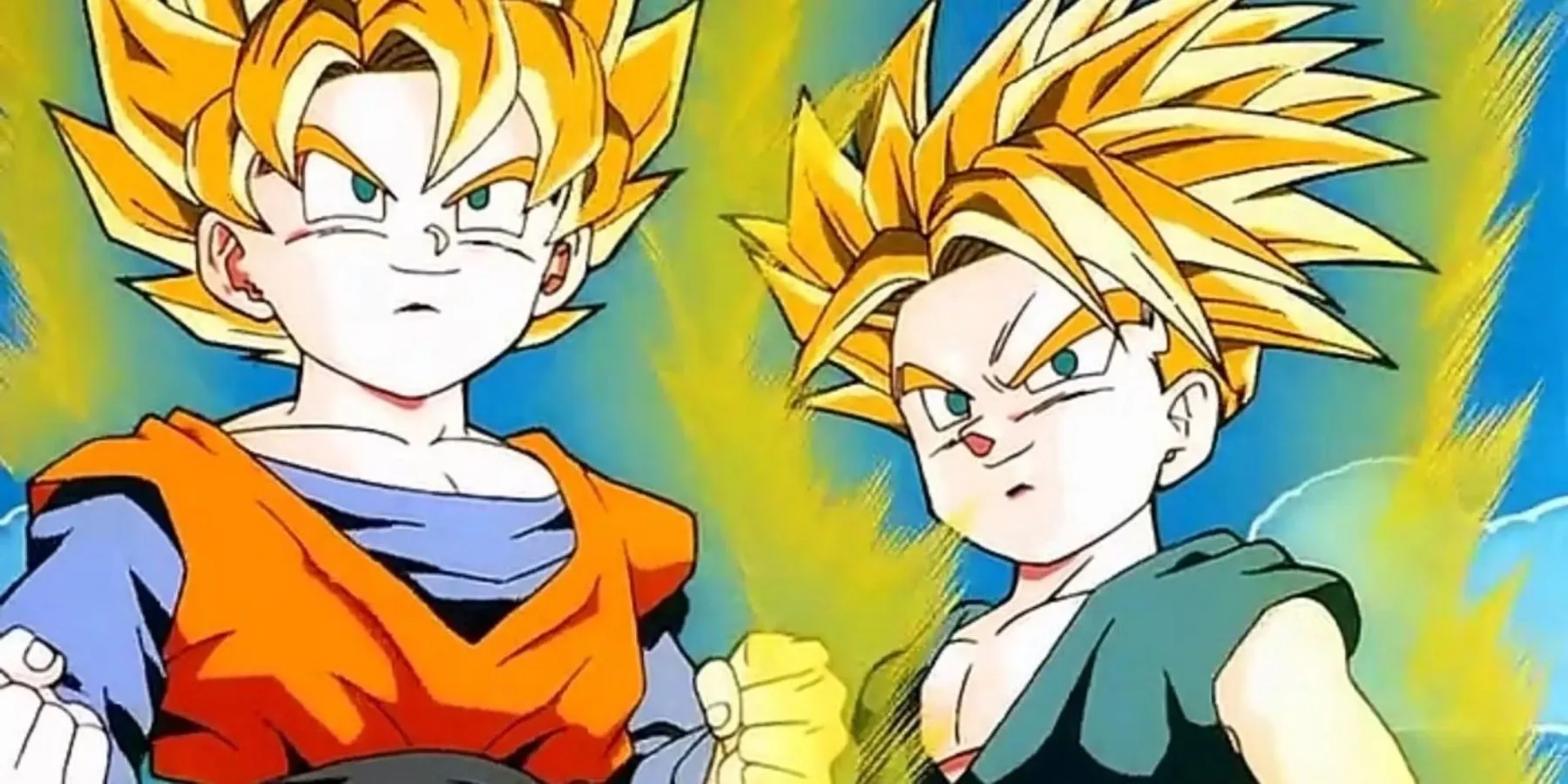
This fluctuation in character strength undermines the significance of their past struggles, particularly when traditionally weaker characters may easily conquer formidable foes simply because they have “improved.”Such inconsistencies have given rise to popular memes, like the one showcasing Base Cabba beating Super Saiyan 4 Gogeta, a character synonymous with being the pinnacle of power in Dragon Ball for two decades.
In summary, each transformation in Dragon Ball should serve a pivotal role and maintain a consistent strength level throughout the series. It should never occur that Goku’s base form surpasses his Super Saiyan form at any stage in the narrative.
Dragon Ball is available for streaming on Crunchyroll.




Leave a Reply